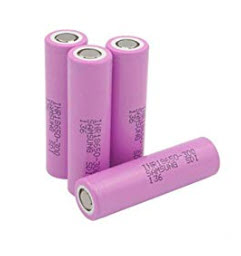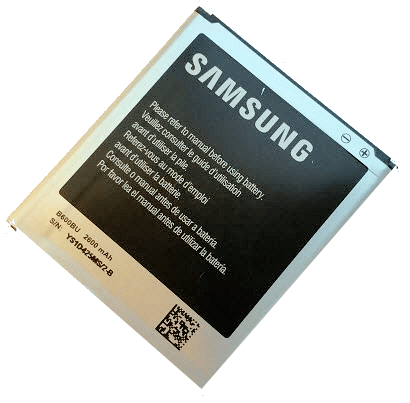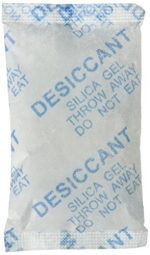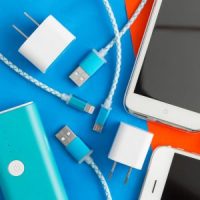(Answer requested by Lilly Vugheen) Android smartphones keep a spare copy of the operating system on hand, stored in protected files. These files are what’s used to rebuild the system after a factory reset, or a root. Rare but virulent Android “xHelper” malware can break into and alter the protected files. So, when you reset…
Category: smartphones
“What will happen if I don’t replace immediately a swollen lithium ion battery?”
(Answer requested by Arnielyn Arellano) When a Li-ion battery bulges, it usually means a near-failure generated toxic, flammable gases. Your battery’s case did its job — it contained the gases so far — but at very high internal pressure (hence the swelling). In other words, your battery’s near-failure has turned it into a toxic firebomb,…
“Why does rotating, or removing and then returning the same batteries sometimes make them work again?”
(Answer requested by Sam Jones) The electrical contacts on batteries (and the cells that make up batteries) are metal; metal can oxidize or otherwise develop a thin layer of surface contamination that reduces the electrical conductivity. This layer may be invisible to the naked eye. Physically manipulating the battery scrapes away this layer, exposing clean…
“Is it safe to leave a lithium-ion device in an air-conditioned room whose AC temperature is set at around 20 degrees C?”
(Answer requested by Evan Zanark) Sure. In fact, one of the oddities of lithium-ion cells and batteries is that they work best at the same temperatures where humans work best: Room temperature — 20C/68F — is great for both humans and Li-ion! But once you get up to around 40C/104F, both humans and Li-ion batteries…
“Why was the OBB folder missing on my phone after I factory reset it?”
(Answer requested by Emm Riosa) OBB files — Opaque Binary Blobs — are files used to store extra data generated by some Android games and apps. This data is private and encrypted (hence “opaque”) so that only the app that generated an OBB can read it. The key thing is that these OBBs are usually…
“How do I charge a smartphone when it displays ‘moisture detected in USB port’?”
(Answer requested by Daniel Dudgeon) When a phone is telling you it has moisture trouble, you’d probably do well to listen. 🙂 That’s because most newer smartphones are at least somewhat water resistant. For example, if your phone’s specs say it’s IP68-rated (a common current standard), it should be OK in up to 1.5 meters/5…
“Why are battery arrays often made with cylindrical batteries rather than square prisms so they could pack even better?”
The working guts of Li-ion batteries start as flat sheets. For many heavier-duty and general purpose applications, these sheets are rolled into cylinders because a cylindrical battery can be safer than a flat one: Stacked cylinders allow spaces between them, which can be used to keep hard-working batteries safely cool and responsive. Tesla autos circulate…
“My phone’s screen is broken. How can I get my data to my computer?”
(Answer requested by Gabriel Austria) Most Android phones use utterly-standard USB connections. Even if the phone’s screen is cracked or otherwise damaged, if you can still turn the phone on and log in (by any means — face, voice, fingerprint, pattern, password…), you usually can retrieve the phone’s user data via USB. Just plug the…
“How do I turn off the microphone on my Android?”
(Answer requested by Brandon Dotson) There’s no master “off” switch. But there an often-overlooked, semi-stand-alone applet within Android’s Settings that comes close: Permissions Manager. This is not the app-by-app Permissions settings you may have already seen and used in Settings/Apps. Android’s Permissions Manager sorts all your apps at once by permission-type, letting you see, at…
“If a cable is ‘fast charging,’ does the power brick have to be ‘fast charging’ as well?”
(Answer requested by Chris Parson.) Absent proprietary weirdness (e.g. nonstandard plugs or connectors), no. Charging speed is driven primarily by the charger and device’s battery. A “fast-charging cable” is simply one that’s rated to safely carry the higher voltages and amperages that fast chargers employ. That usually means the “fast” cables have somewhat heavier-gauge internal…





